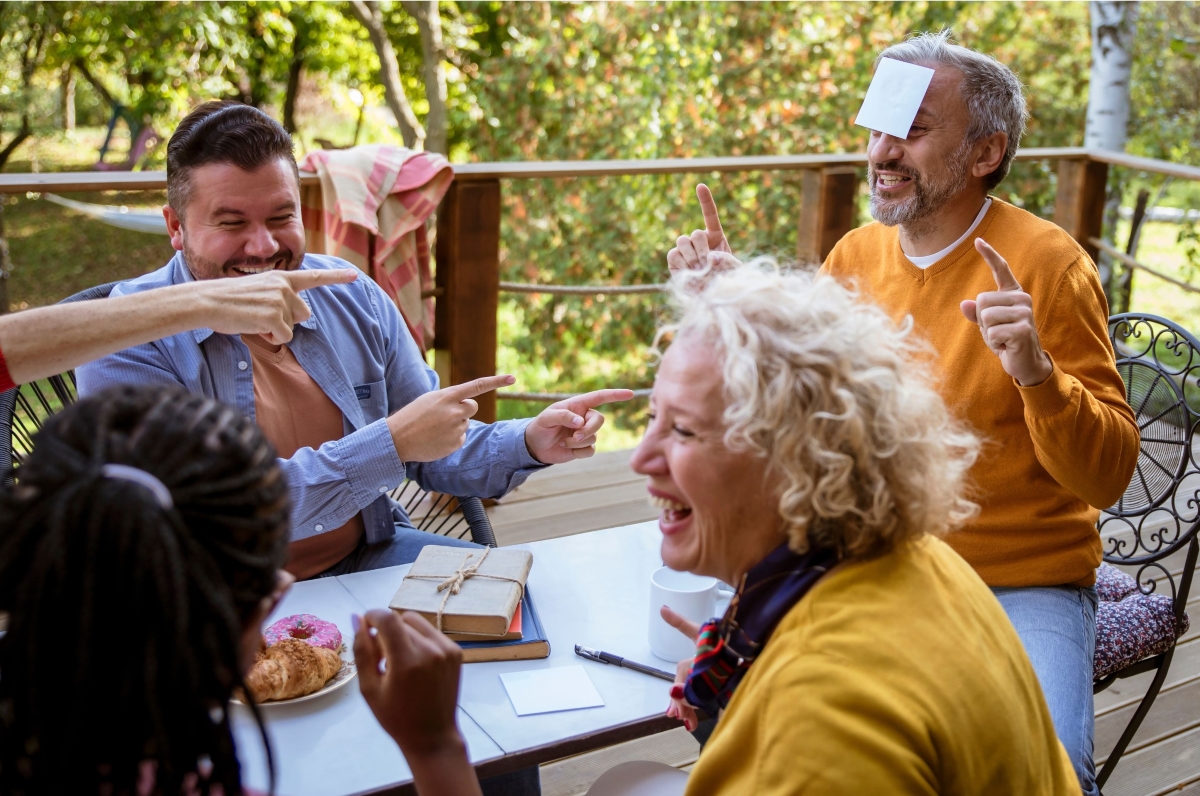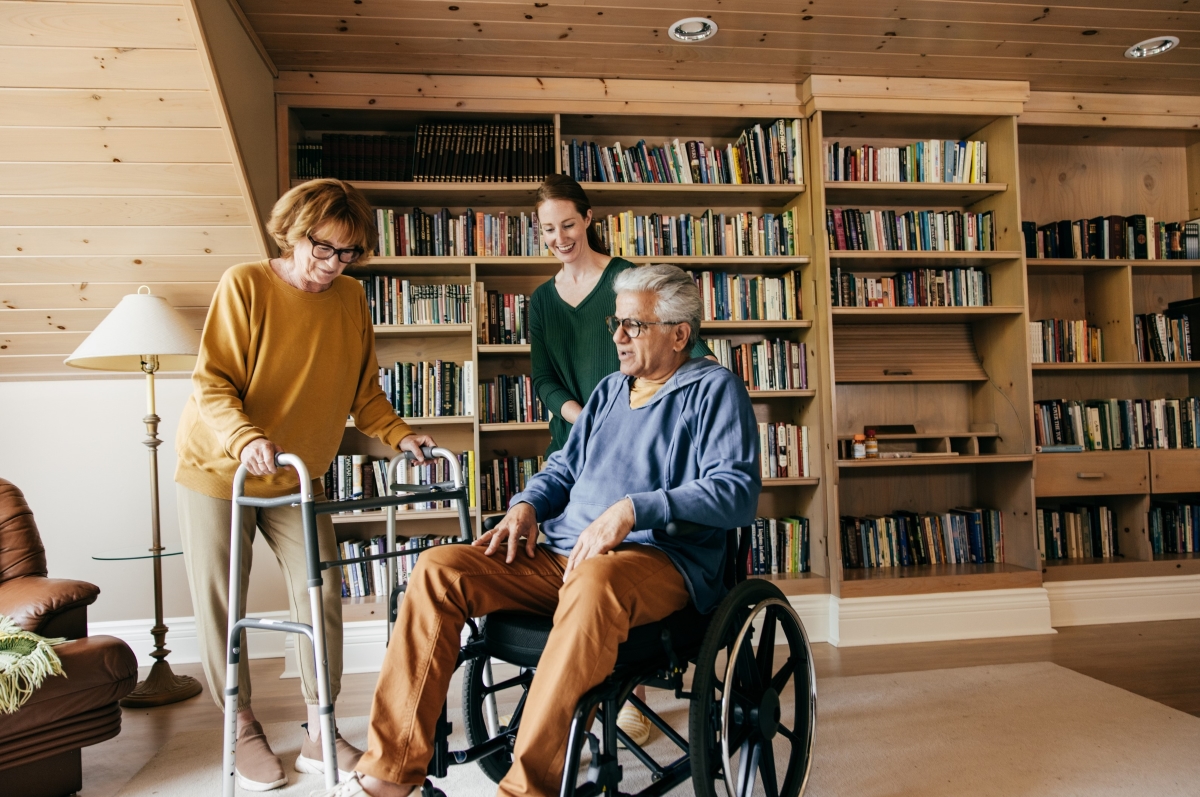Socializing Safely: Tips for Staying Connected During Health Crises

Human beings are naturally social creatures, and the need for connection doesn’t diminish with age. In fact, for seniors, maintaining social connections is crucial for emotional well-being, cognitive health, and overall quality of life. However, health crises such as pandemics, flu outbreaks, or even personal medical challenges can make it difficult to maintain those connections in traditional ways. The isolation that often results from such situations can take a toll on both physical and mental health, particularly for seniors who may already be more vulnerable to loneliness.
But staying socially connected during a health crisis doesn’t have to be impossible. With some creativity and a few adjustments, seniors can continue to nurture meaningful relationships while still prioritizing their safety. In this article, we’ll explore practical and safe ways for seniors to stay connected during health crises, whether through in-person, virtual, or other methods.
The Impact of Isolation on Seniors
Prolonged isolation can have serious consequences for seniors, both physically and mentally. As people age, social connections play a vital role in maintaining a sense of purpose, stimulating cognitive function, and fostering emotional resilience. When these connections are disrupted—such as during a health crisis—seniors can experience increased risks of depression, anxiety, and cognitive decline.
According to research, social isolation and loneliness in older adults have been linked to higher rates of heart disease, high blood pressure, and weakened immune function. Furthermore, the absence of regular social interaction can contribute to the development of memory problems and accelerate the onset of conditions such as Alzheimer’s disease. Therefore, even during times of restricted physical contact, seniors need to find alternative ways to stay engaged with family, friends, and their communities.
Safe In-Person Socializing Options

While health crises often limit in-person gatherings, it’s still possible to socialize safely with the right precautions. By following some essential safety measures, seniors can enjoy face-to-face interactions without compromising their health.
- Follow health guidelines: First and foremost, seniors should always adhere to the latest public health guidelines. Wearing masks, maintaining social distancing, and practicing good hand hygiene are key to minimizing the risk of illness. Before meeting up with friends or family members, discussing mutual expectations and ensuring everyone is comfortable with the precautions being taken is important.
- Outdoor gatherings: One of the safest ways to socialize in person is by meeting outdoors. Fresh air reduces the concentration of airborne pathogens, making outdoor environments much safer for social interactions. Seniors can organize small, socially distanced gatherings in parks, backyards, or outdoor cafes. Whether it’s a picnic in the park, a stroll with a friend, or an outdoor coffee date, nature provides a refreshing and safe setting for socializing.
- Social bubbles: Another effective approach is to form a “social bubble,” a small group of trusted individuals who agree to limit their interactions with one another. This could include close family members, neighbors, or friends. By establishing consistent contact within this bubble, seniors can enjoy regular in-person interactions while minimizing the risk of exposure to a broader group of people.
- Safe visits with precautions: For seniors who may not be able to meet outdoors or are at higher health risks, in-person visits can still be arranged with the proper precautions. Visitors can wear masks, maintain distance, and limit the duration of the visit to reduce risk. Window visits—where seniors speak to loved ones through a closed window—have also become a creative solution in some communities.
Virtual Socializing Tips for Seniors

In today’s digital age, virtual communication offers an excellent alternative for seniors who cannot meet in person. While technology might feel intimidating at first, it’s increasingly becoming an essential tool for staying connected during health crises.
- Video calls: Platforms like Zoom, Skype, and FaceTime make it easy for seniors to see and interact with their loved ones without leaving their homes. Video calls provide a sense of presence that phone calls can’t match, making it feel like you’re in the same room as the person you’re speaking to. For those new to video chatting, starting with short calls is helpful, gradually building confidence in using the technology.
- Social media: For seniors who are comfortable with platforms like Facebook or Instagram, social media is a fantastic way to stay updated on the lives of friends and family. It allows for quick interactions, such as liking a photo or commenting on a post, and can provide a steady stream of content that keeps seniors engaged. Additionally, many seniors find Facebook groups or online forums that cater to their interests, providing opportunities to meet new people with similar hobbies or life experiences.
- Virtual classes and clubs: Online platforms offer more than just one-on-one communication—they can also serve as hubs for group activities. Virtual book clubs, hobby groups, or learning classes can be a fun way for seniors to interact with people who share their passions. Websites like Meetup or even local community centers often host virtual events open to seniors, providing opportunities to make new connections from the comfort of home.
- Overcoming technological barriers: It’s no secret that some seniors may feel overwhelmed by new technology. However, the process doesn’t have to be daunting. Many community centers and libraries offer tech tutorials for seniors, and family members can also step in to provide guidance. Starting with simple tools like video calls and gradually exploring other options will help seniors gain confidence in using these platforms.
Safe Communication Through Phone and Letters

For seniors who prefer to keep things simple or who aren’t comfortable with technology, traditional methods of communication—such as phone calls and letters—remain a meaningful way to stay in touch.
- Phone calls: A heartfelt phone conversation can go a long way in fostering connection, especially for seniors who may not have access to video technology. Regular check-ins with friends, family, and neighbors offer emotional support and reduce feelings of isolation. Seniors can set up a weekly phone schedule to ensure they maintain consistent contact with loved ones.
- Writing letters or sending cards: There’s something inherently special about receiving a handwritten letter. For seniors, writing letters or sending cards can become a rewarding form of self-expression, allowing them to share stories, updates, or words of encouragement. In return, receiving letters from others can brighten their day and offer a tangible reminder that they are loved and thought of.
Engaging in Group Activities from a Distance

Health crises may limit in-person interactions, but they don’t have to eliminate shared experiences. Seniors can still engage in group activities while maintaining safe distances, thanks to the power of technology and creative planning.
- Virtual book clubs or discussion groups: Reading a book together or discussing a shared topic can create a sense of unity even when physically apart. Seniors can join virtual book clubs or discussion groups via Zoom or other platforms, allowing them to engage in stimulating conversations without leaving home. These groups offer both intellectual engagement and social interaction.
- Remote community events: Many community events—such as religious services, exercise classes, or workshops—are now available online. Seniors can attend church services via livestream, join virtual fitness classes, or participate in online workshops centered around hobbies like knitting, painting, or cooking. These activities allow seniors to feel connected to their community while following health guidelines.
- Shared entertainment experiences: Watching a movie or TV show together, even from a distance, can foster connection. Using apps like Netflix Party or simply coordinating with friends to watch a movie at the same time and chat about it afterward can replicate the feeling of sharing an experience.
Maintaining Emotional Health During Health Crises

Social connections are closely tied to emotional well-being. For seniors, the inability to interact with others as freely as before can lead to feelings of loneliness or depression. Maintaining emotional health during these times requires conscious effort and self-awareness.
- Recognizing signs of loneliness: Seniors should be mindful of their emotional state and recognize when they may be feeling isolated or disconnected. Signs of loneliness can include sadness, irritability, loss of interest in activities, or a desire to withdraw from communication. Acknowledging these feelings is the first step in addressing them.
- Open communication about mental health: Seniors should feel empowered to talk openly about their emotional well-being with friends, family, or healthcare providers. Support networks can provide guidance and assistance in navigating difficult emotions, whether through counseling, peer support, or simply being a listening ear.
Overcoming Socialization Barriers During Health Crises

Staying connected during health crises often comes with emotional and practical barriers. However, these challenges can be overcome with a proactive approach and a willingness to explore new ways of interacting.
- Tackling anxiety: Health crises, such as pandemics, can naturally lead to heightened anxiety around social interactions. Seniors may feel fearful of contracting illnesses or anxious about venturing outside their comfort zones. To address these concerns, seniors can start by gradually reintroducing safe social activities, such as outdoor walks or virtual calls, and building confidence over time.
- Rebuilding social connections: If relationships have waned due to isolation, it’s never too late to reach out. Seniors can reconnect with friends or family members through phone calls, emails, or social media, even if it has been some time since they last spoke. Many people are likely facing similar challenges and will appreciate the renewed effort to stay connected.
Conclusion
Staying socially connected is essential for seniors’ well-being, especially during health crises that challenge traditional forms of interaction. By exploring safe in-person gatherings, embracing virtual communication, and maintaining emotional health, seniors can continue to build and nurture meaningful relationships without compromising their safety. Whether through technology or traditional methods, the message is clear: staying safe doesn’t have to mean staying isolated. There are always ways to stay connected, even in challenging times.





